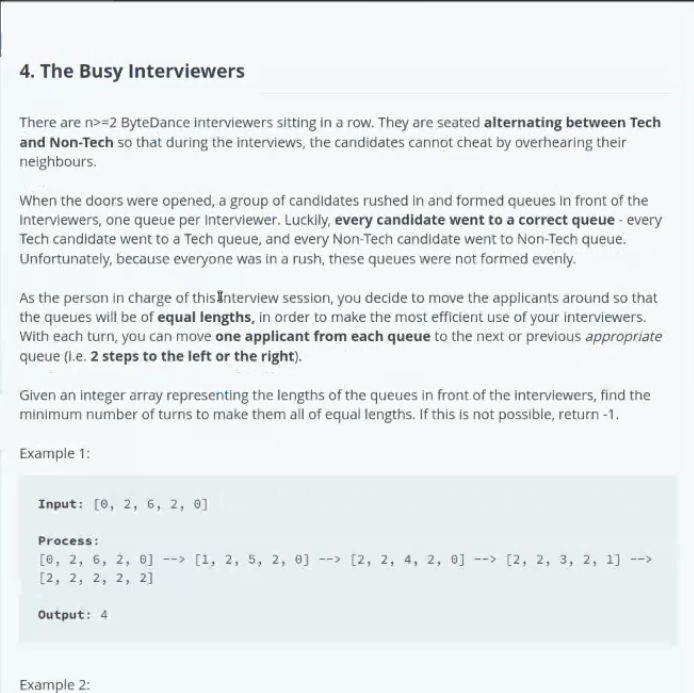Hello all. I know this blog should not exist, but I really wanted to know if there was something wrong with my other blog I posted. I don't get it why was it downvoted, it would be really helpful if you could point out my mistake, instead of just downvoting so that I can learn from my mistake.
Link to my blog : Help in a question from ByteDance online assessment
Thanks.













